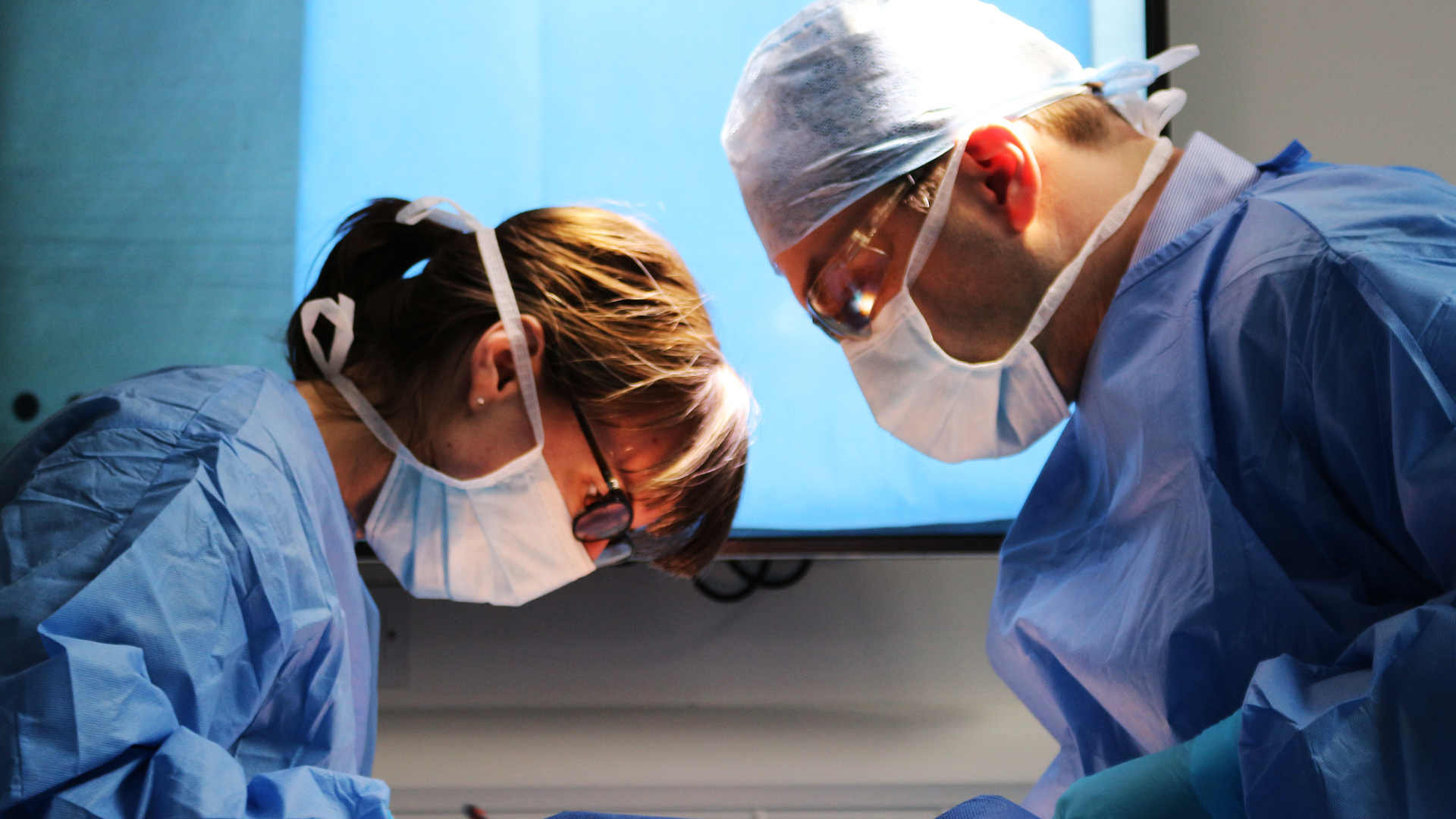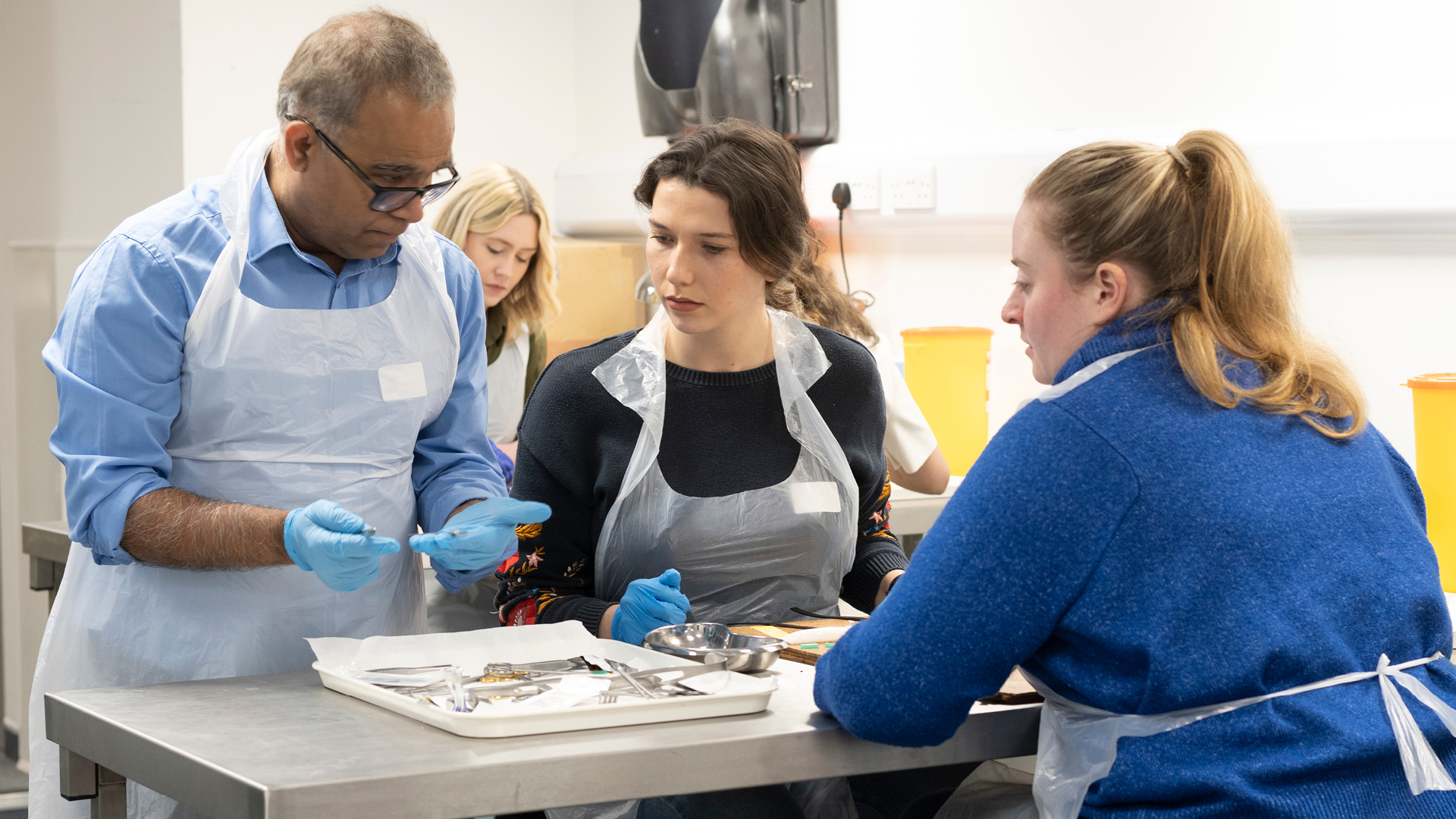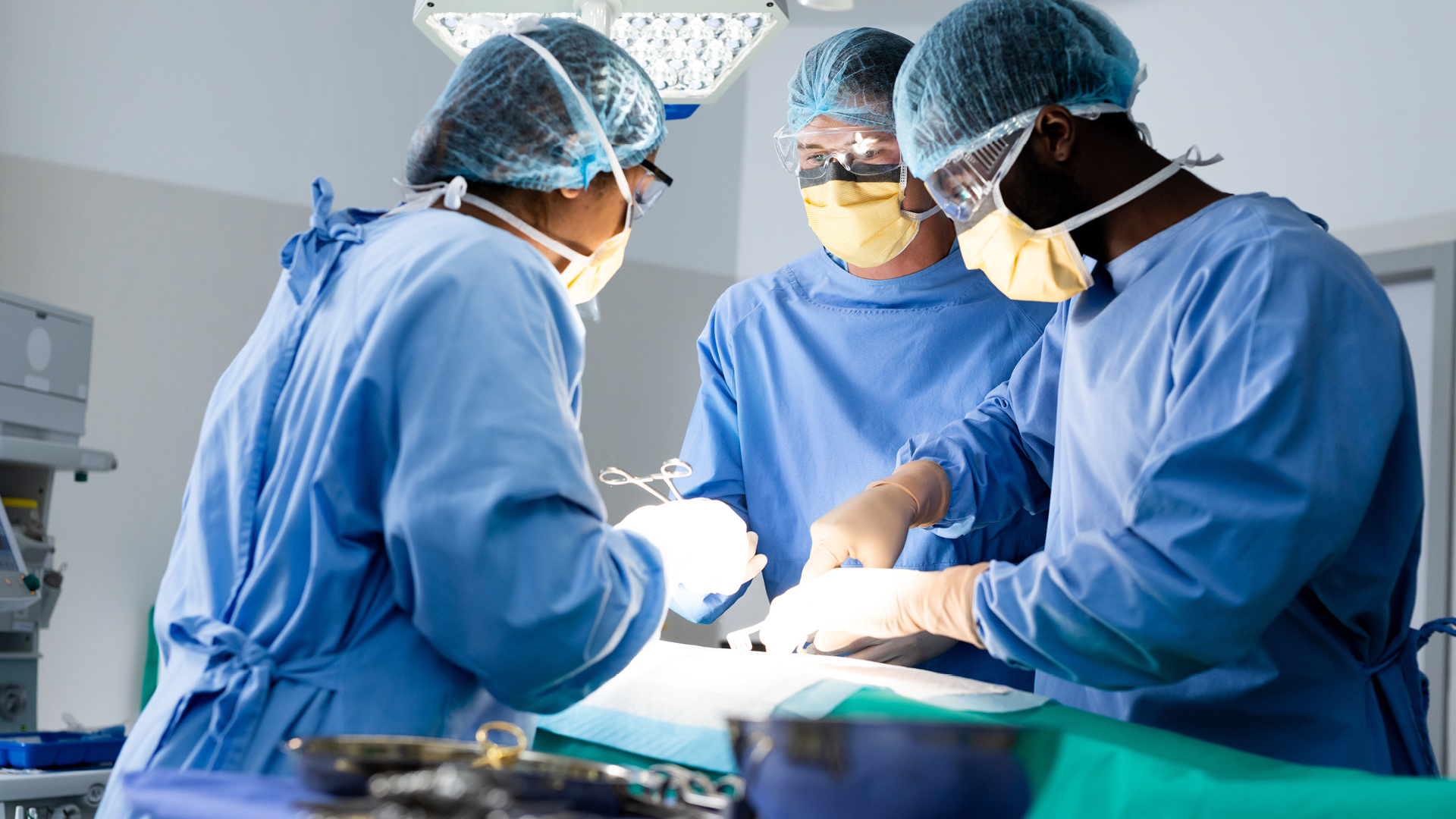Overview
Surgical Skills for the Emergency Department Resuscitation Room is an innovative practical training course on the surgical techniques that can save lives when waiting for assistance is not an option.
Experienced faculty members from a variety of clinical backgrounds will utilise cadaver, and other specially designed clinical models, to maximise the practical experience for course participants.
Course Director: Mr Malcolm Gordon, Emergency Medicine Consultant, Queen Elizabeth University Hospital, Glasgow.
Training level
This course is suitable for emergency department and surgical trainees and consultants who are, or are likely to be, part of a major trauma team or team leader.
Familiarity with use of common basic surgical instruments, suture handling and knotting techniques is a requirement.
Learning outcomes
By attending this course, you’ll learn information on:
- Thoracotomy
- Chest drains
- Surgical airway
- Emergency caesarean section
Please note: this is a hands-on cadaver course with only 12 places available.
Attending the course
The centre is located on the university campus in the West End of Glasgow.
The closest train station from Glasgow Central or Queen Street is Partick, which is around a 15-minute walk from the centre.
Hillhead and Kelvinbridge subway stations are both within walking distance of the university.
There are regular buses from the city centre to University Avenue, Traveline Scotland can help you find the best route.
Parking on or around University Avenue can be quite limited, though there is some available. If you require disabled parking, you can make a request to the Disability Services team at the University of Glasgow.
Claiming your CPD
This course offers 9 CPD points for everyone who attends. This can be claimed via your College account. CPD points will be available for up to one month after the course. Where the course has been recorded, these sessions will also be available. If you have any questions about claiming your CPD points, our Education team are happy to help.
What happens on the day
Click to view the programme below or download the pdf.
8.30
- Registration and refreshments
9.00
- Introduction and course expectations
9.20
- Thoracostomy and chest drain introduction
9.45
- Thoracostomy and chest drain (practical)
10.45
- Review of instruments and safety
11.00
- Break
11.30
- Resuscitation room thoracotomy introduction
- When should you open a chest?
- How do you open a chest?
12.00
- Left anterior thoracotomy and ET tube manipulation to collapsed lung (practical)
- Clamshell thoracotomy (practical)
13.15
- Lunch
14.00
- Repair of cardiac structures introduction
14.15
- Repair of cardiac wounds (practical)
- Aortic control (practical)
- Repair of lung injuries (practical)
16.20
- Review and questions
16.45
- Finish
8.30
- Registration and refreshments
8.45
- Surgical airway introduction
9.00
- Surgical airway (practical)
9.40
- Lateral canthotomy demonstration
10.10
- Perimortem caesarean section introduction
10.40
- Break
11.10
- Perimortem caesarean section (practical)
11.40
- Course review and questions
12.10
- Finish
Here's what our previous participants said:
"Fantastic course delivered by motivated and very approachable faculty."
"Overall a very beneficial and informative course, the best practical hands-on course I have ever attended."
"This course exceeded my expectations!"
If you have any questions, feel free to contact the coordinator. Their details can be found below.
Key Information
Book now: 19–20 November 2025
Simply hit the 'Book now' button below and either create an account or login.
Book now
Join our community
Join us todayGrow your career
Develop your clinical and non-clinical skills through exclusive courses, events and global networking opportunities.
Unlock benefits
Get access to exclusive membership benefits, including discounts on courses, conferences, exams, scholarships and support.
Join a global community
Connect with like-minded professionals committed to advancing and shaping the future of healthcare.



